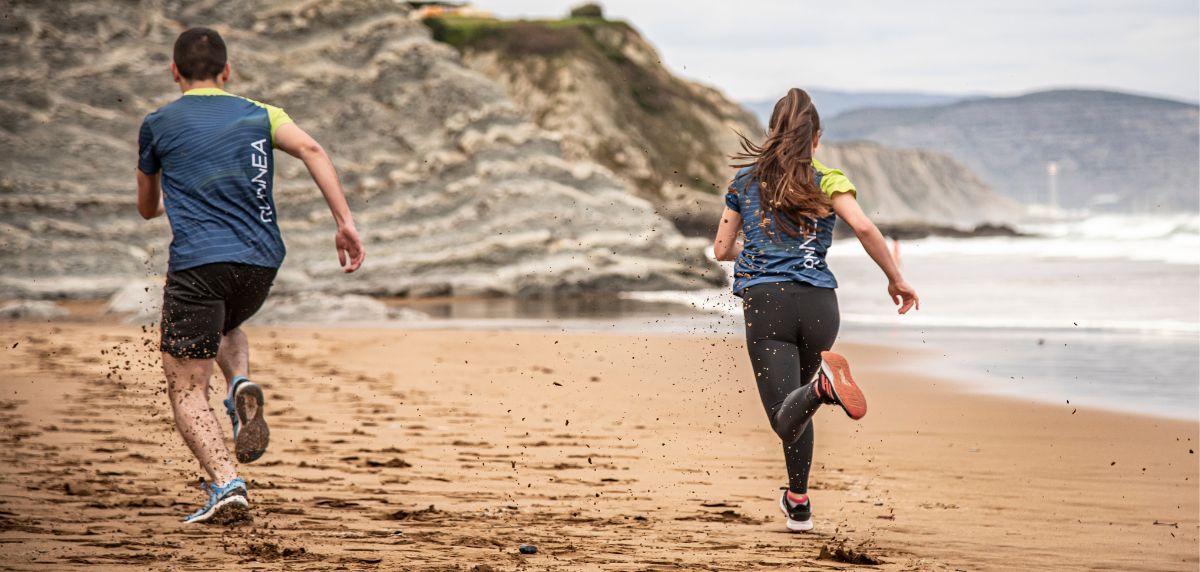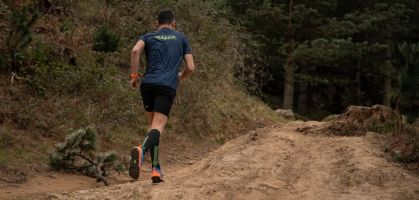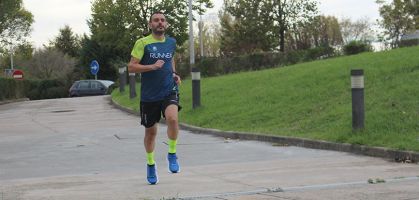September is usually a turning point for many of us. It is usually the period when, after finishing our vacations, we resume our daily routine: work, family, home...and physical activity.
It is true that thanks to the fact that we have more daylight hours and we have more time available, in many cases, the summer season usually invites us to do any kind of physical activity. Therefore, we find people who are much more active in summer, both socially and sportively speaking. Of all sports we can say that putting on running shoes and going for a run is one of the favorite activities.
But we can also find people who are at the opposite pole. Runners who from September to June follow a routine or training plan, but take advantage of the months of July and August, mainly, to rest and disconnect from the effort involved in facing sporting goals.
In this sense, the fact that there are more social commitments or, as has happened this summer, the fact of training in very high temperatures or in the sun are also reasons that can discourage us from going out to train.
Is it advisable to stop training during our summer vacations?
The answer is, it depends. If we understand that to stop training is to stop running for one or two weeks, we can say that it is even beneficial. On a physical level, because it will help us to regenerate the structures damaged by training during the season and on a mental level, because it will allow us to get out of the planning circle, disconnect and come back with more ambition, if possible.
It is a good time to do other activities that involve movement, such as walking, cycling or swimming.
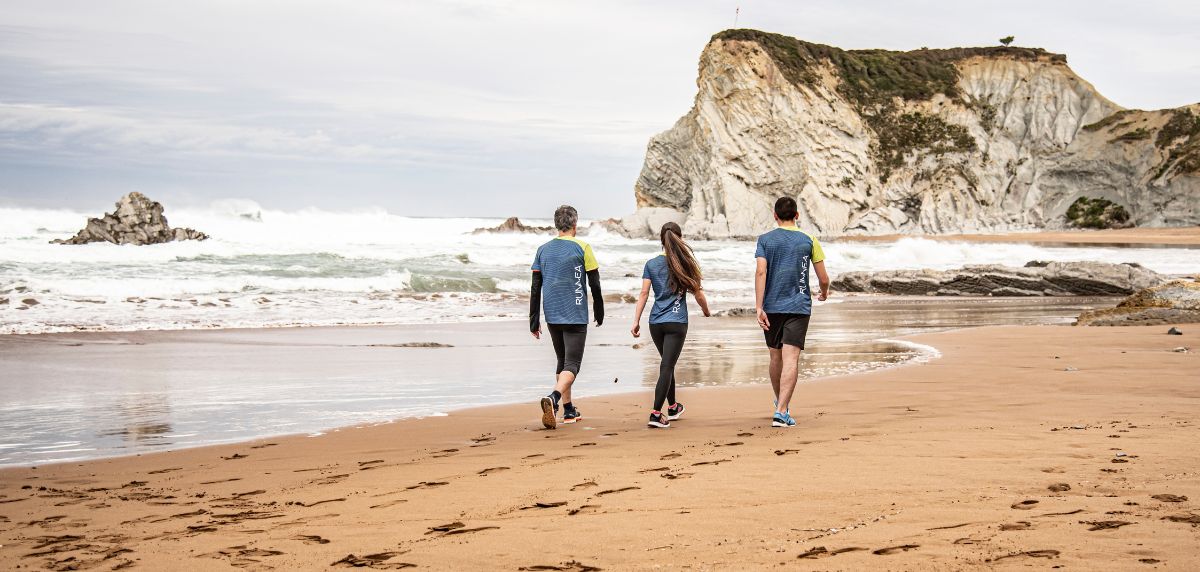
On the other hand, if you are one of those who spend several months without buckling down and without doing any kind of physical exercise, it is a proven fact that there will be a noticeable drop in performance and physical condition. In that case, the answer is that it is not convenient at all. No excuse is so strong, unless it is something extremely serious, as not to exercise during the summer season, even if it is less frequently and with a more moderate intensity.
How much will my physical condition decrease due to inactivity?
It all depends on the following factors:
- Inactivity time: the longer you have stopped, the greater the losses you will see.
- Level of physical condition prior to stopping: the better my physical condition before stopping my activity, the greater the losses will be.
- Experience as an athlete: the more experience I have, the less time it will take me to return to previous levels.
- Athletic level: the higher the level or capacity, as well as the experience, the less time it will take me to recover my physical shape.
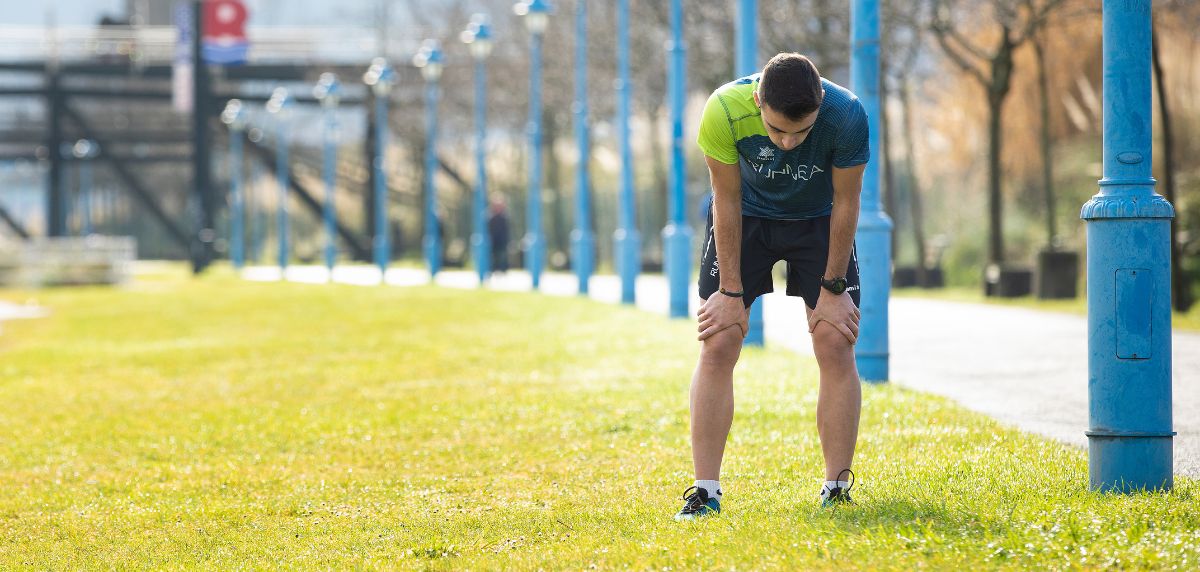
In principle, breaks in activity that do not exceed 7 days should not cause us a headache, since the decrease in performance is minimal although it may seem otherwise. It is from the week when our physical condition is somewhat diminished, being from the third or fourth week when the decline is much more pronounced .
Researchers Ronconi and Alvero (2008), differentiate between short-term detraining, less than 4 weeks, and long-term detraining, longer than 4 weeks. To provide some interesting data, these same authors state that, in well-trained runners, V02max is reduced by 4 to 14% for short-term detraining and by 6 to 20% for long-term detraining. In contrast, in less trained athletes, its decrease will be around 3.
Physiological effects of physical inactivity
Ronconi and Alvero (2008) list a series of physiological alterations that occur with inactivity, of which the following stand out:
- Decrease in Vo2max.
- Decrease in blood volume
- Increase in maximum heart rate
- Increase in submaximal heart rate
- Increased lactate levels
- Decrease in lactate threshold
- Decreased strength
Just by looking at these data, we can see that spending long periods of time without running generates a series of maladaptations that will require even more time to return to previous levels.
However, as with almost everything in life, there is also a solution to this problem: gradually return to running.
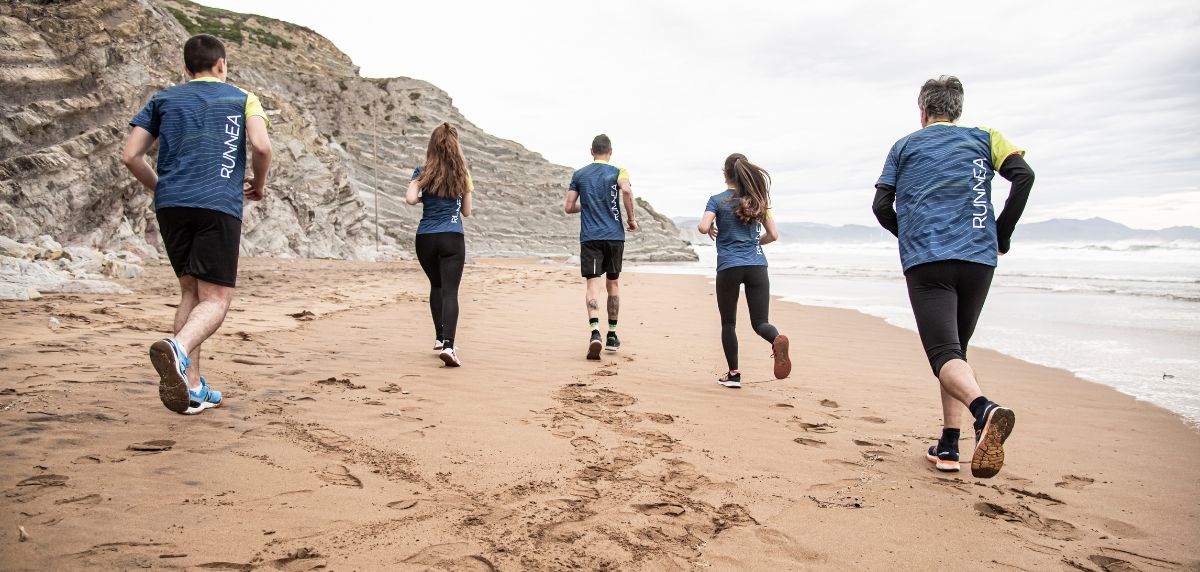
Here at RUNNEA we are going to give you some tips to make your return to running as successful and beneficial as possible for your body.
5 Tips for getting back to training after the summer vacations
1 Start with a lower weekly frequency than usual.
Although you are probably eager to get back to your habits and routines, it is advisable that the first few weeks you train fewer days than you used to.
For example, if you were training 4 times a week, you can start with 2 days the first week, train 3 days the following two weeks and resume your usual activity around the fourth week.
2 Short, low-intensity sessions.
It is recommended that the first few weeks, and until your body gets used to it, you do shorter sessions than usual and, if possible, at a low intensity. This does not mean that you should always run slowly and that you cannot do some sessions with changes of pace or progressive speed, but this is what should predominate at least during the first month.
It is better that you stay with the desire than overdo it and that the body ends up paying for it in the form of chronic fatigue or muscle injuries.
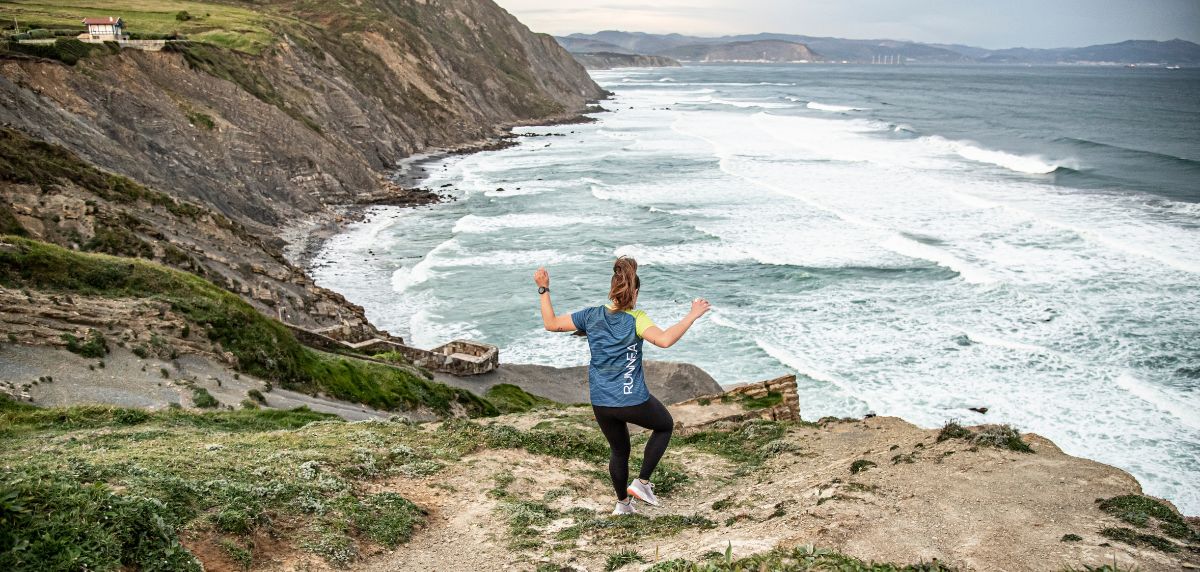
3 Some non-impact sports discipline
Despite starting with fewer weekly sessions, you can add a session that avoids joint impact, such as cycling, swimming or rowing. These disciplines will be a very good resource to improve the aerobic base without negatively affecting our musculature. They can also be focused as intense sessions of the week, leaving the running part for low intensity sessions.
4 Strength
As we have seen, strength levels are also diminished with inactivity. Resuming your strength training at the gym or at home will be another task to be completed after the summer. As with running, we must be cautious in the exercises and loads we select, being advisable to be conservative the first few weeks.
Starting with high weights or with many sets and repetitions will not bring any additional benefit and if the appearance of the dreaded stiffness.
5 Nutrition
Although we have been able to rest well on our vacation, it is time to resume our sleep routines, being interesting to establish the schedules at which we are going to sleep and wake up, for example. Just as important as rest, is toresume healthy eating habits, avoiding foods with excessive fried foods, ultra-processed foods or alcoholic beverages.
In essence, we must give our body what it needs: rest, regularity and quality nutrition.
Although the decline in physical condition due to inactivity is reversible, from RUNNEA we recommend that in the same way that you take advantage of your vacations to relax, disconnect and visit new places, try to allocate some time to training consistently, as it is the best way for the return to the routine does not make us so hard up. Happy sporting year!
References:
Ronconi, M., Alvero, J.R. (2008). Physiological changes due to detraining. Apunts: Medicina de l'esport, 43(160). 10.1016/S1886-6581(08)9.
Read more news about: Running Training
